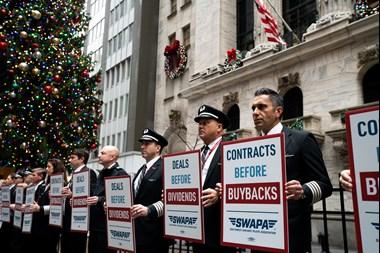Commentary
Hollywood studios had what Variety would call a “Boffo Box Office” the weekend of July 21 to July 23, with “Oppenheimer” and “Barbie” earning a reported $235.5 million in their opening weekend, the highest weekend box office haul since the onset of the COVID-19 pandemic.





